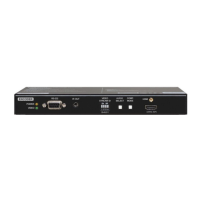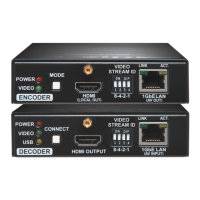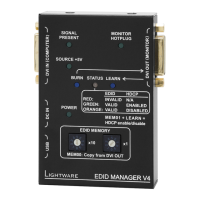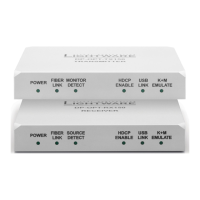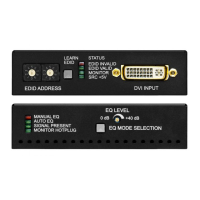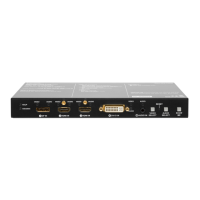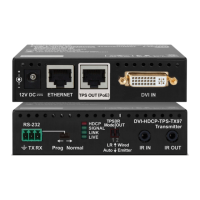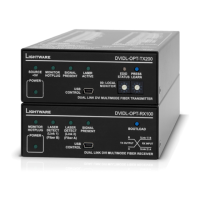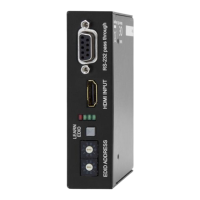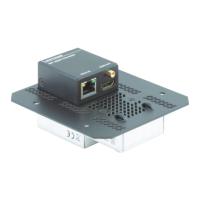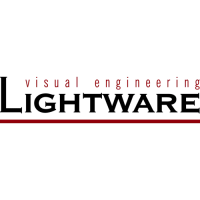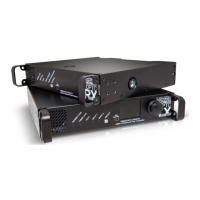Important Notes
▪ It is essential to have the right QoS settings in the network switch where the Dante® audio is connected
to. See the details in the section.
▪ However, the Audio network and the video network are separated
conenctors), the Dante® audio can be transmitted over the same network as used for the VINX video
streaming.
▪ The AES67 mode is supported by the VINX extender, which can be set in the Dante® Controller
software.
▪ Multichannel or encoded audio format cannot be de-embedded. In this case, no audio is sent to the
Dante® network.
▪ Limitation: VINX video stream and Dante® audio stream is not in sync; Dante® audio is 1.1 frame early.
The delay occurs during the video transmission from the Encoder towards the Decoder; see more
details in Delay in the Video Transmission section.
▪ Dante® audio cannot be received by the VINX device.
Settings and Signal Routing
All these features are available in the Dante Controller software which can be downloaded from manufacturer's
web page:
Device Settings
The discovered Dante®-compatible devices are displayed with middle-blue color. Double-click on the name
to open the device settings.
The default device name is:
VINX-
NSC-01 is
another device with Dante® audio interface.
Press the
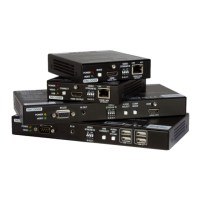
